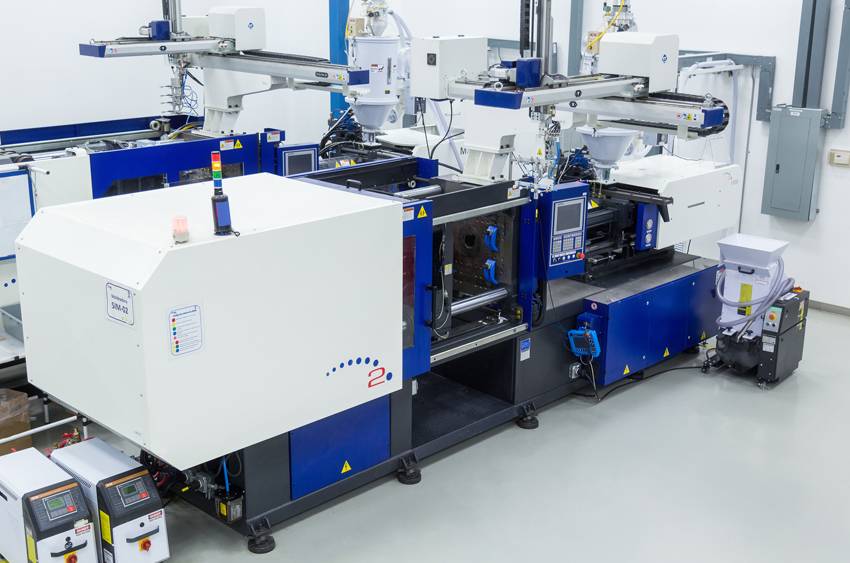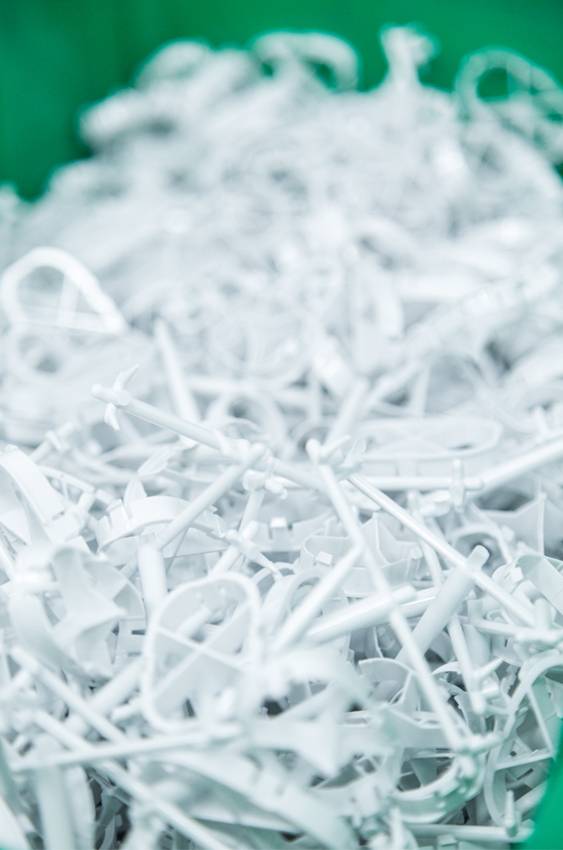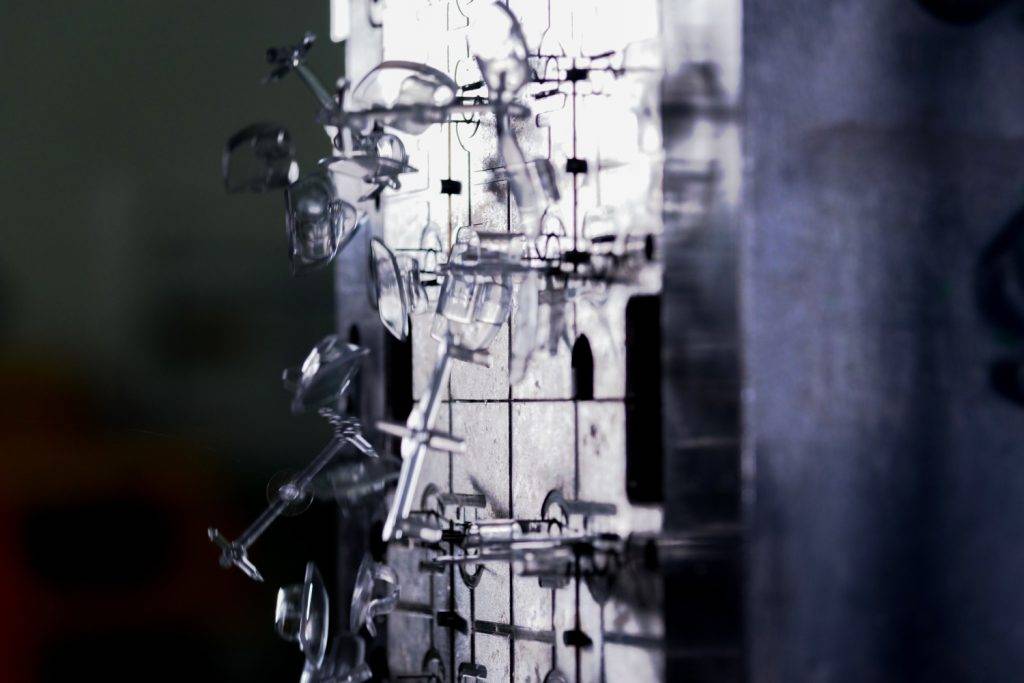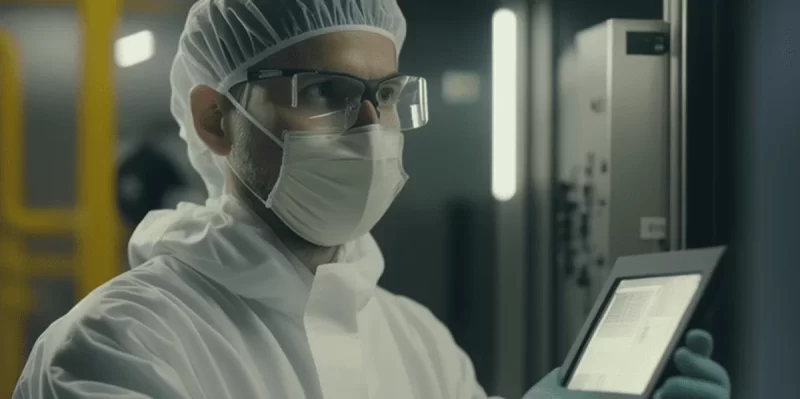Injection molding is vital for producing complex industrial pieces, including prototypes. To ensure high-quality products, it’s essential to have a rigorous security process in place that can prevent errors during manufacturing.
The process involves creating molds with extreme precision to elaborate plastic supplements. It requires careful design and attention to detail to ensure the final product is functional and meets the required specifications.
Despite its importance, injection molding has its challenges. There are common failures that can occur during the process, affecting the quality of the final product. Therefore, it’s crucial to identify and avoid these failures to achieve the desired results.
Defects in injection molding manufacture

Even a single mismatch in precision industries’ injection molding could drag adverse effects to its application. Molding defects could ruin an entire production, causing economic losses and severe consequences in their final uses. When there is no proper control of each stage, failures will appear due to several factors.
Because of the several steps involved in injection molding, defects may appear in any component feature. As a result, production will fail, lose customer satisfaction, and what is more dangerous, put the patient’s health at risk because of the poorly made medical devices.
Precision in medical elements must be optimal. Let us summarize the most common examples of injection molding problems and their causes.
Examples of standard injection molding defects
Knowing the defects precisely to avoid them is valuable, since the process setting and its control. For example, the most common failures that affect the correct use of molds in scientific injection are such as:
- Short shots: When the polymer does not cover the entire surface. It may be due to a lack of fluidity in its composition or a poor injection.
- Flash: the opposite occurs when the plastic escapes from the mold. The resulting piece will have an unnecessary bulge that impairs its usefulness.
- Sink marks: appear due to inadequate drying of the plastic in the mold, which leaves sunken parts.
- Warping: consist of a curvature in the surface that should be straight, caused by temperature deficiencies.
- Burn marks: as the name implies, they are burnt spots on the surface due to lacking temperature control.
- Voids: air bubbles inside the plastic by an inadequate injection in mold.
- Weld lines: visible lines in the plastic due to coarse mold welding.
- Jetting: mold placement path lines on the plastic due to drying or injecting too fast.
- Brittleness: parts of the resulting plastic crack or break into pieces.
These deficiencies in molding are dangerous for quality series production, and they cause aesthetic untidiness and failures in use. Such situations are unacceptable if you want to please customers and deliver a product that meets scientific injection molding requirements.
How to troubleshoot in injection molding
To improve quality, the first step is to identify common failures and find solutions for each case. It’s also important to document the most effective improvements in the quality control process to prevent damage.
Learning from previous errors can make a difference. For example, consider the following parts to elaborate a template to validate the injection molding process correctly.
Machine-related issues
Machinery-related problems, such as short shots, flash, sink, or burn marks, solve with attention to the technical aspect. It is crucial to control the temperature that the mold reaches, adjust pressure for each piece, and regulate execution speed during mold filling.
Each polymer will require precise melting and cooling to keep its qualities during molding. In addition, according to the shape aspect, it will be essential to calculate the pressure injection required for an even finish.
Material-related issues
Conservation of the raw material and finding the ideal polymers are decisive factors in scientific injection molding production. Density and moisturemust be correct for the type of mold and purpose. Perform specific tests on the molds to choose the ideal polymer for that application.
Likewise, avoiding material contamination with other agents that reduce its quality is crucial. The correct way to care for materials is to create a suitable environment for their conservation. Avoid exposure to contaminants and mixing with other different quality polymers.

Design-related issues
Control at this stage requires extreme care and strict testing. Engineers may not take gate location or part thickness decisions lightly, and it will be advisable to carry out 3D design technologies and manual tests on the result after injection.
Process-related issues
Finally, errors occurred during the injection molding process, such as mold filling, packing, or cooling, require real-time attention. Here, previous tests with excellence and registering necessary improvements are the clue to high-quality manufacturing. But, again, trained personnel are needed to monitor each process stage closely.
Importance of a proactive approach to quality improvement

Injection molding defects that affect quality may be solved through the improvement methods for injection molding. The right path to reach this goal is learning from previous errors and working hard on the following actions:
- Design for manufacturing (DFM) principles
- Process control and monitoring
- Training and education of workers
- Technology improvement
Consequently, the benefits of improving injection molding quality will show in the reduction of scrap and rework, product consistency improvement, and reliability. Furthermore, customer satisfaction and loyalty will increase.
Likewise, to achieve optimal validation process. IQ, OQ, and PQ stages validation would make a difference in the results. We also collaborate in strategic planning for process monitoring.
Seisa Medical’s quality commitment
In Seisa Medical, we know it requests what injection molding quality in scientific molding, especially in medical tools. Therefore, we work passionately to improve our production and design processes, avoid errors, and fully satisfy customers. We dispense our expertise and experience in medical supplies as we recognize the need to improve materials quality and set rigorous control of each stage. Learn more about our injection molding services and discover high-quality production.
